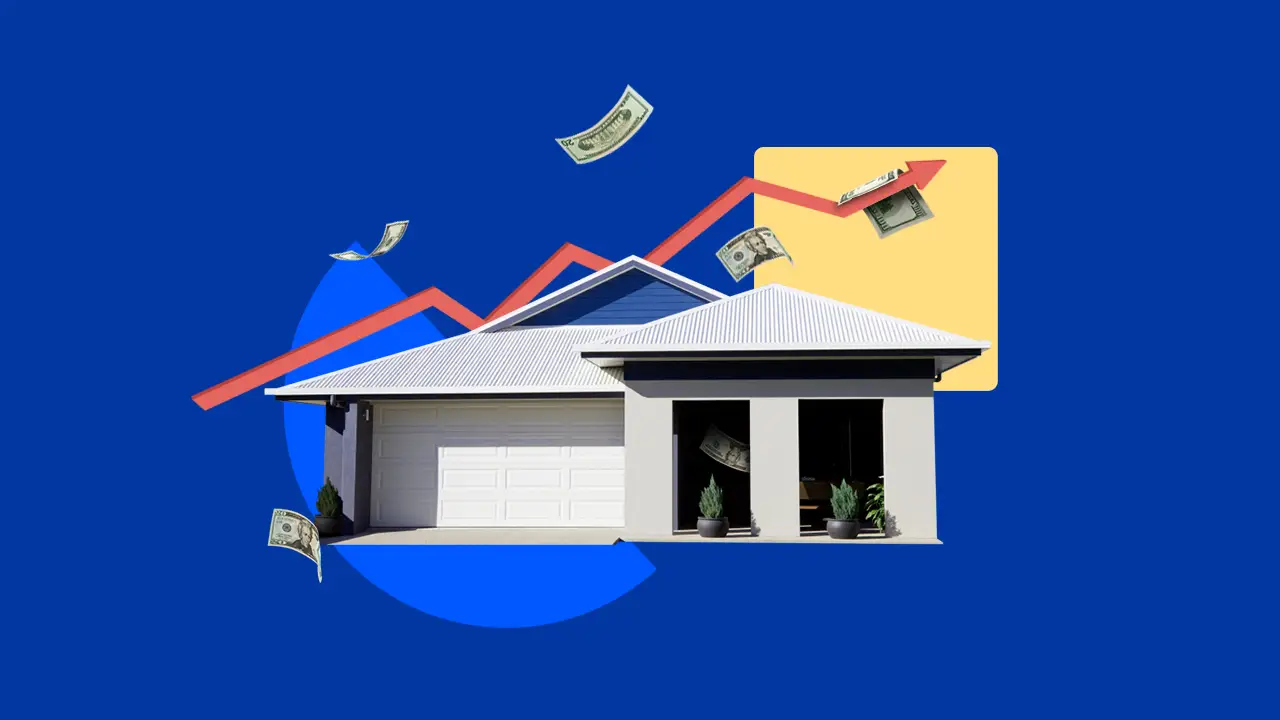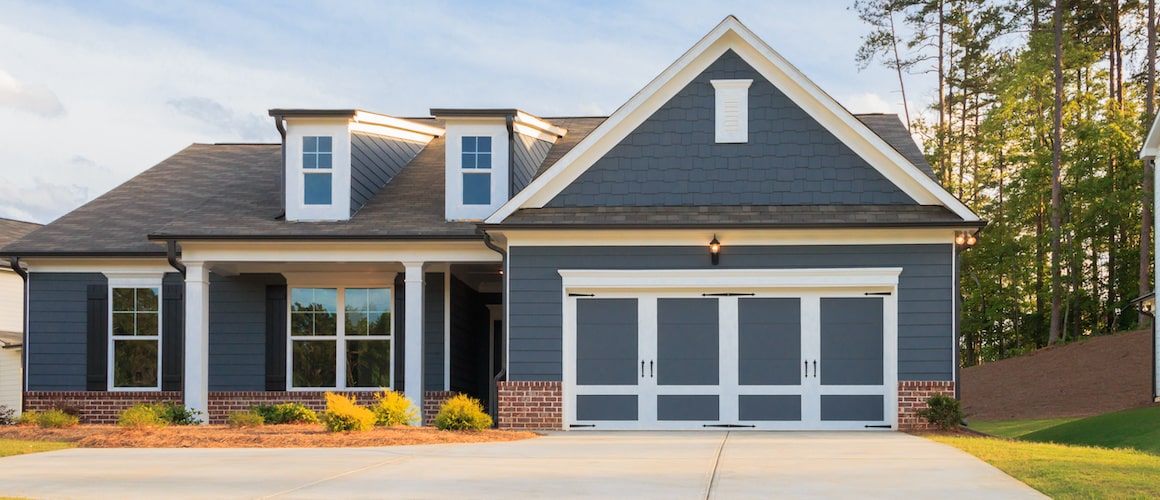Housing Market Slowdown: The New Normal in 2025
The Pendulum Swings: From Frenzy to Patience in the Housing Market
The U.S. housing landscape has undergone a remarkable transformation since the pandemic-induced buying frenzy. In March 2025, homes sat on the market for a median of 47 days before going under contract—the longest timeframe for any March since 2019 and more than double the time seen during peak pandemic demand. This extended selling period signals a significant market rebalancing that benefits strategic buyers while challenging sellers who haven't adjusted their expectations.
The data reveals a cooling trend across multiple metrics: only 41% of homes were snapped up within two weeks (the lowest March level since 2019), and a mere 27% of properties sold above list price—the lowest March percentage since 2020. These figures stand in stark contrast to the pandemic years when nearly two-thirds of homes sold within a two-week window, and bidding wars were commonplace.
"We're witnessing the normalization of the housing market after years of unprecedented activity," explains housing economist Martin Reynolds. "The pandemic created artificial conditions that simply weren't sustainable. Today's market is returning to historical patterns where buyers have time to make thoughtful decisions."
Supply Meets Hesitant Demand: The Perfect Storm
Two key factors are driving the market's cooling trajectory: growing supply and hesitant demand. Active listings hit their highest level in five years this March, increasing 14.1% year-over-year. New listings reached levels not seen since mid-2022, climbing 6% compared to March 2024.
Why the surge in available homes? Many owners who purchased during the 2021-2022 peak can no longer delay selling, despite unfavorable conditions. Life changes such as job relocations, family expansions, or financial pressures from rising property taxes and insurance costs are forcing their hand.
Meanwhile, buyer enthusiasm remains tepid. Economic uncertainty, affordability concerns, and lingering fears about potential tariffs have made prospective purchasers increasingly cautious. This combination of expanding inventory and restrained demand has shifted negotiating power toward buyers in many markets.
"There's a widening gap between seller expectations and market realities," notes Elijah de la Campa, Senior Economist at Redfin. "Many sellers are clinging to pandemic-era price expectations, but today's buyers simply aren't willing to play that game."
Regional Market Disparities: The Uneven Cooldown
While the national trend points toward cooling, regional differences remain pronounced. The data reveals fascinating geographical patterns:
Northeast and Midwest Resilience
Cities like Cleveland (+11.8% YoY), Nassau County (+9.8%), and Newark (+9.5%) experienced the strongest price growth. Northeastern markets generally showed greater resilience to the slowdown, with Boston seeing a remarkable 23.4% increase in new listings.
Sunbelt Vulnerability
Florida and Texas markets showed particular weakness, with Jacksonville experiencing a 3.8% price decline—the steepest drop among major metros. Fort Lauderdale properties took a staggering 88 days to sell (up 24 days year-over-year), while Miami and West Palm Beach also saw substantial increases in days on market.
West Coast Variations
Oakland experienced the largest inventory surge (+38.4%), while neighboring San Jose maintained the country's highest percentage of homes selling above list price (71.2%). Despite inventory increases, San Francisco was the only metro to actually see days on market decrease, reflecting the Bay Area's unique market dynamics.
The wildfire displacement in Los Angeles may explain that region's 23.5% surge in new listings—the largest increase nationwide. Meanwhile, federal workforce reductions likely contributed to Washington D.C.'s 15.8% rise in new listings.
Price Growth Decelerates Despite Seller Resistance
March's median home sale price reached $431,057, representing just 2.5% year-over-year growth—the slowest appreciation since September 2023. This deceleration comes despite sellers' attempts to secure premium prices, with many listing homes at values reflecting their pandemic-era purchases rather than current market conditions.
The typical home that sold in March went for approximately 1% below its final asking price, underscoring the reality gap between seller expectations and buyer willingness to pay. This disconnect appears particularly pronounced among 2021-2022 purchasers trying to recoup their investments.
"Sellers who accept market realities are finding success, while those clinging to outdated price expectations face extended selling periods," explains Alicia Grifaldo, a Redfin Premier agent in Houston. "When I meet with potential sellers, I emphasize that strategic pricing is everything in today's environment."
The Mortgage Rate Factor: Still Elevated but Stabilizing
Despite modest improvements, mortgage rates remain a significant drag on market activity. March saw a 30-year fixed rate average of 6.65%—the lowest since October but still more than double pandemic-era lows. This rate environment continues to dampen transactions, with all sales metrics—pending sales, closed sales, and existing home sales—remaining below pre-pandemic levels.
Pending home sales did show signs of life with a 1.7% month-over-month increase in March (the largest gain in six months), though they remained essentially flat year-over-year. Closed sales dropped approximately 1% from both monthly and annual perspectives, while existing home sales decreased to their lowest level in six months.
The relationship between inventory, pricing, and mortgage rates creates a delicate balance. As rates stabilize or potentially decrease, buyer interest could rekindle—but only if sellers adjust their price expectations to reflect current market conditions rather than pandemic peaks.
Market Insights: What You Need to Know
Are we entering a buyer's market in 2025?
We're seeing a transitional market that varies significantly by region. While overall conditions favor buyers more than in recent years—with increased inventory and reduced competition—calling it a pure "buyer's market" oversimplifies the situation. Markets like Cleveland and Newark still heavily favor sellers, while Florida markets show clearer buyer advantages.
Why are homes taking longer to sell in 2025?
Three primary factors are extending selling timelines: rising inventory levels creating more buyer options, unrealistic seller price expectations disconnected from current market realities, and persistent affordability challenges with mortgage rates still above 6.5%. The psychology of the market has also shifted, with buyers taking more time to make decisions rather than rushing to compete.
Will home prices decline nationwide in 2025?
While eight metros experienced year-over-year price declines, nationwide prices continue to grow—albeit at the slowest pace in 18 months. Rather than dramatic declines, we're seeing price growth moderation and normalization. The significant inventory of homes still below 2019 levels in many markets creates a floor for prices, though seller concessions and below-list sales are becoming more common.
Which housing markets are showing the most stability?
Midwestern markets like Cleveland, Chicago, and St. Louis demonstrate remarkable resilience with strong price growth and relatively quick sales. These markets benefit from greater affordability that partially offsets higher mortgage rates. Tech-centered markets like San Jose also maintain strength, with 71.2% of homes still selling above list price despite broader market cooling.
What should sellers do differently in today's market?
Success in the current market requires realistic pricing from the start rather than testing an aspirational price and making later adjustments. Properties that sit on the market develop "stigma" that can lead to even lower eventual sale prices. Sellers should also invest in property preparation, as buyers have become more selective and less willing to overlook flaws or needed repairs.













